
A horse’s teeth are therefore designed to cope with the continual grinding of tough leaves and stems and, to assist the grinding process, the upper jaw is wider than the lower jaw. The horse chews in a side-to-side motion – meaning that the upper and lower teeth glide across one another, and in wild horses the wear on either side of the mouth is relatively even.
When out grazing, a horse’s natural feeding posture would be with a low head and neck, moving slowly and constantly, and remaining relatively straight throughout the spine. This posture allows the molars of the upper and lower jaw to meet evenly and, in this position, little to no strain is placed on the body.
この記事は HQ magazine の June/July 2020 版に掲載されています。
7 日間の Magzter GOLD 無料トライアルを開始して、何千もの厳選されたプレミアム ストーリー、9,000 以上の雑誌や新聞にアクセスしてください。
すでに購読者です ? サインイン
この記事は HQ magazine の June/July 2020 版に掲載されています。
7 日間の Magzter GOLD 無料トライアルを開始して、何千もの厳選されたプレミアム ストーリー、9,000 以上の雑誌や新聞にアクセスしてください。
すでに購読者です? サインイン
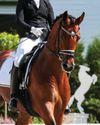
The Science Behind Tapering
The science behind tapering
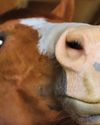
Horse Treats
The ultimate guide
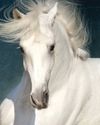
Horsey Hair Care
Tips and tricks for a healthy mane and tail
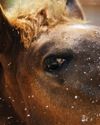
Horsey Hydration- The Importance Of Water In Winter
The importance of water in winter

A Horseback Safari
Abelana Game Reserve

The Psychology Of Riding Performance
Intrinsic motivation, part 7
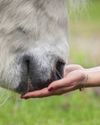
10 Best Life Lessons From Horses
Life lessons from our horses
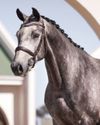
Breaking New Ground
The evolution of the Callaho Online Auction
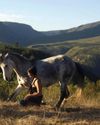
Horse Psychology 101
Part 3: The horse's cognitive abilities
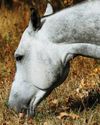
Colic Part 1
An owner’s worst nightmare